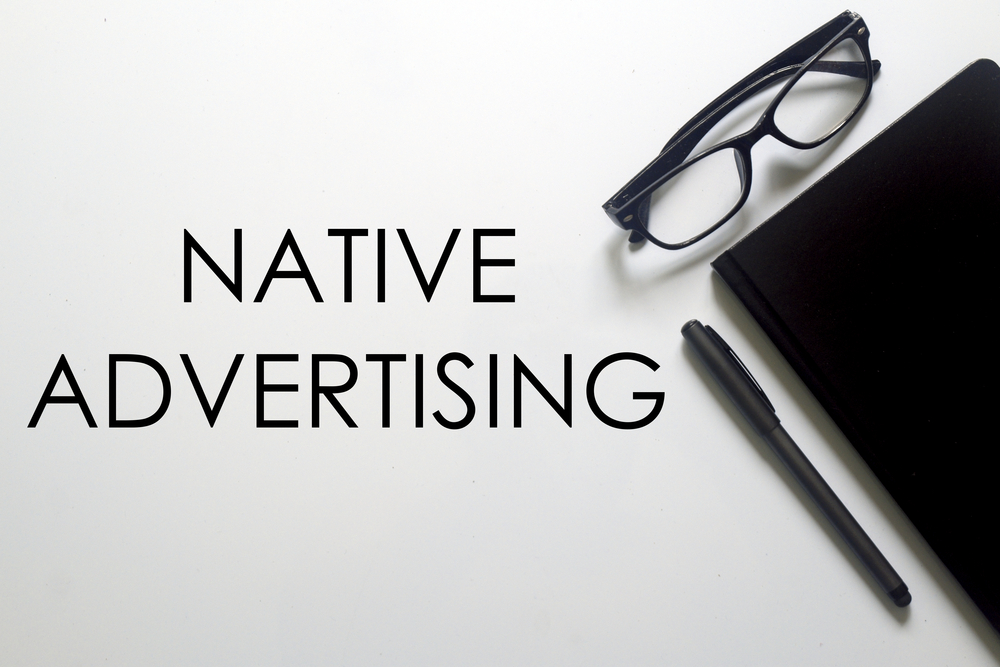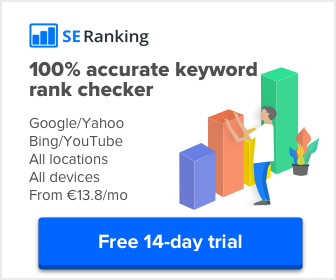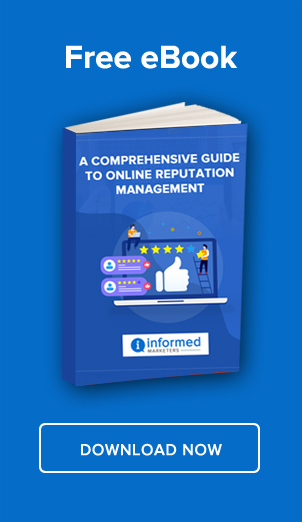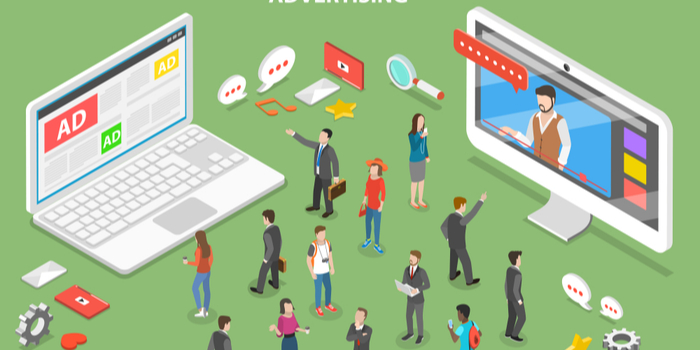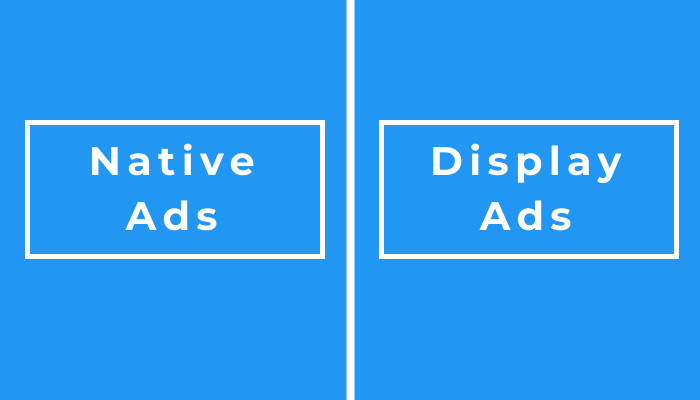Native advertising is becoming more and more relevant in 2022. Though it has been around for over two decades, the popularity of native advertising started to peak again in 2021.
In this blog post, I’ll walk you through the marketing trends in the native advertising genre in 2022. Before that, however, to help you understand how important this advertising strategy is, let’s first explore some related facts, statistics, and future projections.
Native Advertising: Facts, Statistics, & Forecasts
- A recent report by an in-feed native advertising platform has found that the global native advertising spend is going to increase by 372% during 2020-2025. The total global value of the native advertising market is expected to become US$402 billion by 2025.
- While the US will be the leader in spending on native ads, the Western European countries (led by Germany, the United Kingdom, and France) will also not be far away.
- Money spent by advertisers in the US jumped by 37% last year. By 2025, it is expected to increase 5-folds to around the US $98.59 billion.
- Out of the total video advertisement spending in the United States, 84.1% is expected to be spent on native advertising.
- In the US, the programmatic native ad spending will hit the US $83.4 billion in 2022.
You now know how important native advertising is going to be in 2022 and beyond. Now, you should know what the leading trends are in native advertising so that you can remain ahead of your peers. Let me walk you through the major trends.
Top 5 Native Advertising Trends in 2022
Take a closer look at the major trends in native advertising to remain ahead of your competitors.
1. Mobile Outreach
More and more marketers are resorting to mobile native advertising on mobile devices (including smartphones and tablets).
In the last 10 years, the average time spent online per day by internet users worldwide increased by almost 5-folds from 2011 to 2021. While the time spent was 32 minutes daily in 2011, it increased to 155 minutes (over two and half hours) daily in 2021.
With every passing day, the number of mobile users is increasing rapidly. While the number of mobile users was 6.95 billion in 2020, it has now shot up to 7.26 billion mobile users in 2022. It is projected to reach 7.5 billion by 2025.
Worldwide consumer spending on mobile apps has also increased over the years. From 2016 to 2021, it increased by almost 3-folds from US $57.7 billion in 2016 to US $170 billion in 2021.
Following the trend of accelerating mobile users and consumer spending on mobile apps, companies and marketers are realizing the potential of the expanding market. In 2021, the spending on mobile adverts jumped by 23% to the US $295 billion. By the end of 2022, the mobile ad spend is expected to reach the whopping US $350 billion.
You can, therefore, reach billions of your target audience with strategically targeted native adverts.
2. Video Distribution
Per CISCO, video plays an important part in the worldwide internet traffic scenario. While video traffic accounted for 72% of all internet traffic in 2017, it has gone up to 82% in 2022.
Every month, people watch 3 trillion minutes of video content across the globe. This means people the world over watch 1.1-million minutes of video every second. That’s enormous. These figures open up an excellent opportunity for native advertisers to reach their target audience.
As a native advertising marketer, you can create:
- Visually compelling stories
- Inform audiences
- Educate them, or
- Come up with innovative native video ads to reach and engage with your target customers through websites and mobile apps.
These video ads are more informal and native in nature, engaging audiences naturally and more effectively.
Have you started your native video advertising yet? If not, try it out now to experience the next level of growth.
3. Native Ad Images with People & Close-Ups
You can get millions of impressions, clicks, and engagements by simply using image-based native advertisements with close-ups and people. Taboola is definitely one of the best ways to do it.
Just check out the weekly data of Taboola Trends and use the most suitable native ad campaign to get millions of impressions and clicks.
As a native advertiser, you can use Taboola’s insights to create campaigns that are driven by data. This helps you position your native advertising with your audience in a more targeted manner and, in turn, generate better results.
Analysis of billions of images on Taboola in the US shows that the most successful native ad images with high CTRs (Click-Through Rates) are those that have:
- People in them
- No text
- Close-up photos
If you are a native ad marketer, you can also personalize the results of Taboola Trends in terms of:
- Vertical
- Device
- Language
- Location
What are you waiting for?
Check out Taboola and craft your customized native advert campaigns to reach more targeted viewers and then convert them to your or your client’s customers.
4. First-Party Data Strategies
Third-party cookies are annoying. That’s why many users are leaving browsers like Google Chrome. In fact, the use of Brave browsers (which block ads) is grabbing the imagination of internet users. Browser creators are waking up to this reality.
For example, Google Chrome will completely block third-party cookies by 2023. That’s why the online advertising and marketing world is adapting to it by embracing first-party data strategies. This is the new and best possible way for advertisers to identify, track, and target customers online.
The native advertising strategies are definitely experiencing a major shift with the advent of first-party data strategies. If you are able to do it right, your campaigns will definitely become stronger.
One of the first ones to use a first-party cookie is Taboola. This platform has its own first-party cookie. Any publisher partner of this platform has to integrate Taboola’s code on their websites. This ensures that contextualized and customized native advertisements are delivered to engaged audiences.
If you are a native advertiser, you can use first-party data to buy programmatic adverts on the basis of performance-oriented pricing models, such as viewable CPM (Cost Per Impression).
By adopting first-party native data strategies, you (as an advertiser) always know that you are spending on ads that have truly visible impressions.
5. Programmatic Advertising Automation
Programmatic native advertising is growing in the US by leaps and bounds. One of the main reasons for this rapid growth lies in the fact that it is automated. The buying, selling, and optimization of adverts across various channels take place in an automated manner. It will save your time and money.
This is the reason why the number of programmatic native advertisers has more than doubled from 926 to around 2,000 in 2021. E-marketers estimate that the purchase of native adverts increased from 86.7% in 2018 to 87.7% in 2020.
If you want to become successful in programmatic advertising automation, you should keep the following points in mind:
- Branding
- Consideration
- Acquisition
- Test
- Build lookalike audiences
- Employ contextual targeting
Always create relevant and customized experiences to get the best out of your programmatic advertising automation.
Final Words
You can make your sales figure jump by adopting native advertising marketing trends early. By adopting the best practices, offering new ad formats/channels, and evolving with the ever-changing viewer preferences, you can become a successful native advertiser.
Use this valuable strategy to reach your target audience in a more effective way. It also helps you engage customers efficiently. This consequently accelerates your revenue earning multiplicatively. Follow the latest trend of native advertising in 2022 and beyond to drive up your revenue significantly.
